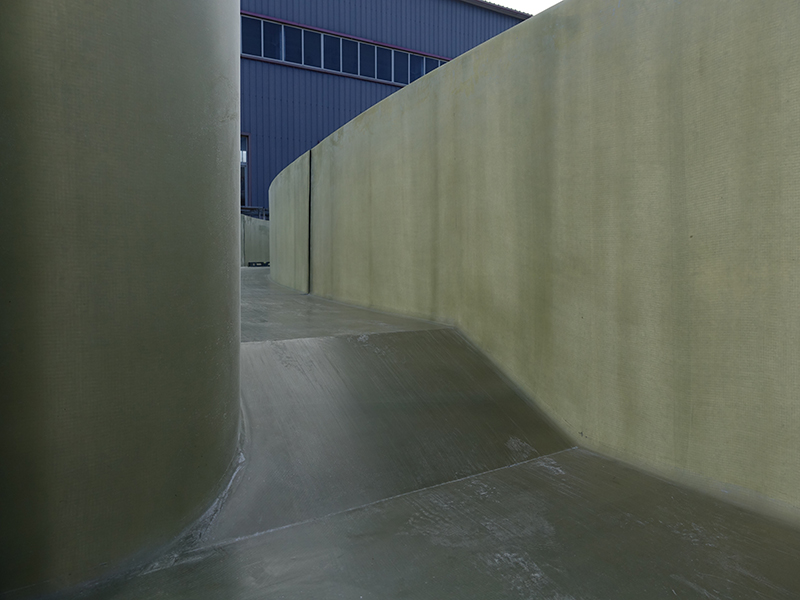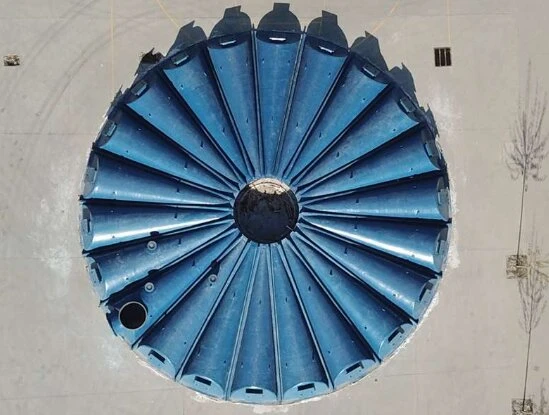
-
 Afrikaans
Afrikaans -
 Albanian
Albanian -
 Amharic
Amharic -
 Arabic
Arabic -
 Armenian
Armenian -
 Azerbaijani
Azerbaijani -
 Basque
Basque -
 Belarusian
Belarusian -
 Bengali
Bengali -
 Bosnian
Bosnian -
 Bulgarian
Bulgarian -
 Catalan
Catalan -
 Cebuano
Cebuano -
 China
China -
 China (Taiwan)
China (Taiwan) -
 Corsican
Corsican -
 Croatian
Croatian -
 Czech
Czech -
 Danish
Danish -
 Dutch
Dutch -
 English
English -
 Esperanto
Esperanto -
 Estonian
Estonian -
 Finnish
Finnish -
 French
French -
 Frisian
Frisian -
 Galician
Galician -
 Georgian
Georgian -
 German
German -
 Greek
Greek -
 Gujarati
Gujarati -
 Haitian Creole
Haitian Creole -
 hausa
hausa -
 hawaiian
hawaiian -
 Hebrew
Hebrew -
 Hindi
Hindi -
 Miao
Miao -
 Hungarian
Hungarian -
 Icelandic
Icelandic -
 igbo
igbo -
 Indonesian
Indonesian -
 irish
irish -
 Italian
Italian -
 Japanese
Japanese -
 Javanese
Javanese -
 Kannada
Kannada -
 kazakh
kazakh -
 Khmer
Khmer -
 Rwandese
Rwandese -
 Korean
Korean -
 Kurdish
Kurdish -
 Kyrgyz
Kyrgyz -
 Lao
Lao -
 Latin
Latin -
 Latvian
Latvian -
 Lithuanian
Lithuanian -
 Luxembourgish
Luxembourgish -
 Macedonian
Macedonian -
 Malgashi
Malgashi -
 Malay
Malay -
 Malayalam
Malayalam -
 Maltese
Maltese -
 Maori
Maori -
 Marathi
Marathi -
 Mongolian
Mongolian -
 Myanmar
Myanmar -
 Nepali
Nepali -
 Norwegian
Norwegian -
 Norwegian
Norwegian -
 Occitan
Occitan -
 Pashto
Pashto -
 Persian
Persian -
 Polish
Polish -
 Portuguese
Portuguese -
 Punjabi
Punjabi -
 Romanian
Romanian -
 Russian
Russian -
 Samoan
Samoan -
 Scottish Gaelic
Scottish Gaelic -
 Serbian
Serbian -
 Sesotho
Sesotho -
 Shona
Shona -
 Sindhi
Sindhi -
 Sinhala
Sinhala -
 Slovak
Slovak -
 Slovenian
Slovenian -
 Somali
Somali -
 Spanish
Spanish -
 Sundanese
Sundanese -
 Swahili
Swahili -
 Swedish
Swedish -
 Tagalog
Tagalog -
 Tajik
Tajik -
 Tamil
Tamil -
 Tatar
Tatar -
 Telugu
Telugu -
 Thai
Thai -
 Turkish
Turkish -
 Turkmen
Turkmen -
 Ukrainian
Ukrainian -
 Urdu
Urdu -
 Uighur
Uighur -
 Uzbek
Uzbek -
 Vietnamese
Vietnamese -
 Welsh
Welsh -
 Bantu
Bantu -
 Yiddish
Yiddish -
 Yoruba
Yoruba -
 Zulu
Zulu
Feb . 04, 2025 01:55
Back to list
frp flange and blind
FRP (Fiber Reinforced Plastic) flanges and blinds have made a significant impact on a wide range of industrial applications, standing out as a modern solution integrating durability and resistance against harsh environments. These components carry forward advancements in materials technology, catering to the complex needs of industries ranging from chemical and petrochemical to water treatment and beyond.
Professional authority in the field is established by extensive research and documented case studies demonstrating the efficacy of FRP solutions in real-world applications. Industrial leaders have successfully replaced legacy systems with FRP, noting decreased maintenance burdens and improved operational longevity as significant benefits. These authoritative endorsements are bolstered by rigorous third-party testing, ensuring compliance with international standards and affirming the credibility of FRP components in application. Trust has been a cornerstone in the integration of FRP flanges and blinds into industrial settings. Trust is not only built on product performance but also on the transparency of information regarding FRP material properties and limitations. Technical datasheets, third-party verification, and client testimonials collectively fortify this trust. Manufacturers of FRP components continually invest in research and development, enhancing their products and validating claims with empirical evidence. This ongoing commitment to quality and transparency builds long-term relationships with clients who rely on FRP products for critical infrastructure. The evolving nature of industrial processes demands solutions that not only solve immediate challenges but also offer future-ready solutions. FRP flanges and blinds meet these demands by providing a blend of performance, sustainability, and cost-effectiveness. As industries continue to embrace sustainable practices, the lightweight nature of FRP contributes to reduced energy consumption in transportation and installation, further aligning with global sustainability goals. In conclusion, FRP flanges and blinds represent a paradigm shift in industrial materials, synthesized through expert engineering and supported by authoritative research. Trust in these components comes from a combination of proven performance and transparent industry practices, marking them as indispensable in the domains they serve. Their role in the future of industrial applications appears not only secure but expansively promising as they continue to outperform traditional materials in every measurable way.


Professional authority in the field is established by extensive research and documented case studies demonstrating the efficacy of FRP solutions in real-world applications. Industrial leaders have successfully replaced legacy systems with FRP, noting decreased maintenance burdens and improved operational longevity as significant benefits. These authoritative endorsements are bolstered by rigorous third-party testing, ensuring compliance with international standards and affirming the credibility of FRP components in application. Trust has been a cornerstone in the integration of FRP flanges and blinds into industrial settings. Trust is not only built on product performance but also on the transparency of information regarding FRP material properties and limitations. Technical datasheets, third-party verification, and client testimonials collectively fortify this trust. Manufacturers of FRP components continually invest in research and development, enhancing their products and validating claims with empirical evidence. This ongoing commitment to quality and transparency builds long-term relationships with clients who rely on FRP products for critical infrastructure. The evolving nature of industrial processes demands solutions that not only solve immediate challenges but also offer future-ready solutions. FRP flanges and blinds meet these demands by providing a blend of performance, sustainability, and cost-effectiveness. As industries continue to embrace sustainable practices, the lightweight nature of FRP contributes to reduced energy consumption in transportation and installation, further aligning with global sustainability goals. In conclusion, FRP flanges and blinds represent a paradigm shift in industrial materials, synthesized through expert engineering and supported by authoritative research. Trust in these components comes from a combination of proven performance and transparent industry practices, marking them as indispensable in the domains they serve. Their role in the future of industrial applications appears not only secure but expansively promising as they continue to outperform traditional materials in every measurable way.
Next:
Related Products









